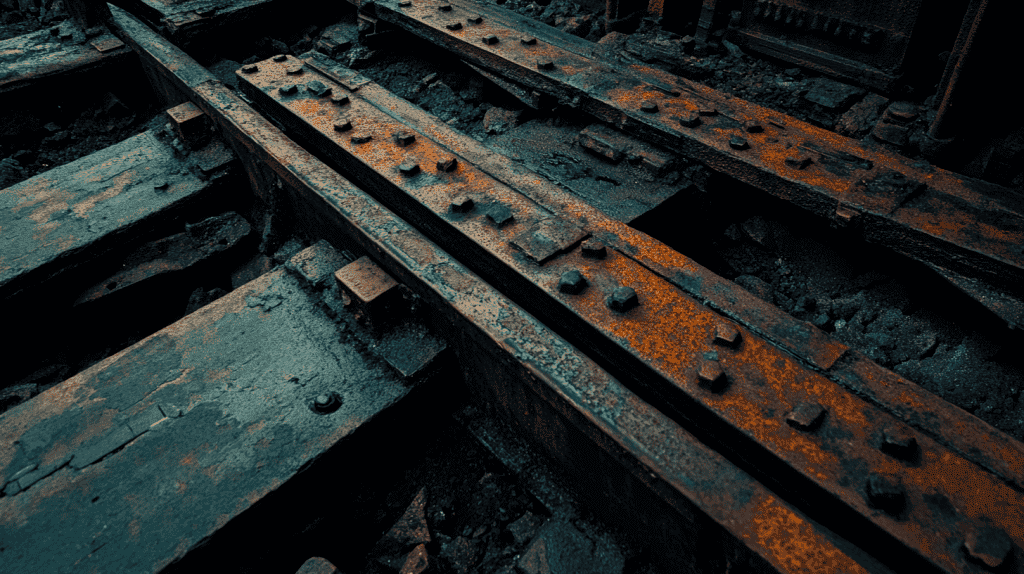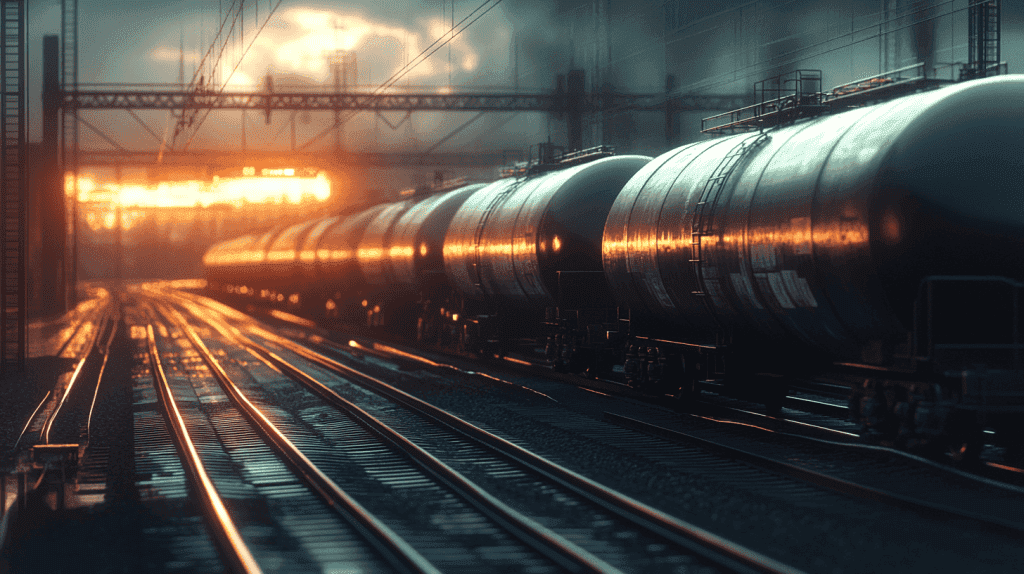Railroad track pans play a crucial role in maintaining the safety and efficiency of railway operations. These structures are designed to collect and contain spills of hazardous materials from trains, preventing environmental contamination and ensuring the safety of rail workers and nearby communities. Regular inspections of these track pans are vital to ensure they remain in optimal condition and continue to perform their critical function. In this article, we will explore the importance of railroad track pans, the necessity of regular inspections, and the benefits they provide.
Understanding Railroad Track Pans
Railroad track pans are specialized containment systems installed between and alongside railroad tracks. They are typically used in areas where trains are refueled or where hazardous materials are frequently loaded and unloaded. The primary function of these pans is to catch and contain any spills or leaks that may occur during these operations. By doing so, they help prevent pollutants from seeping into the ground and reaching water sources, protecting the environment and public health.

Components of a Track Pan System
A typical track pan system consists of several key components:
- Pans: These are the main containment units, often made of corrosion-resistant materials like steel or fiberglass.
- Drainage Systems: To direct any collected liquids away from the tracks for proper disposal or treatment.
- Protective Covers: These may be used to shield the pans from debris and weather-related damage.
Understanding these components helps highlight why regular inspections are necessary to maintain their functionality.
Why Are Inspections Important?
Regular inspections of railroad track pans are critical for several reasons:
Ensuring Safety and Compliance
Railroads are subject to stringent environmental and safety regulations. Regular inspections ensure that track pans are compliant with these regulations, reducing the risk of fines and legal issues. They also ensure that any hazardous material spills are effectively contained, protecting the safety of workers and the public.
Preventing Environmental Contamination
Track pans are essential for preventing soil and water contamination. By capturing spills at the source, they prevent harmful substances from entering the ecosystem. Regular inspections help identify any issues such as cracks, corrosion, or blockages that could compromise the pans’ ability to contain spills.
Extending Equipment Lifespan
Frequent checks can identify wear and tear early, allowing for timely maintenance or repairs. This not only extends the lifespan of the track pans but also reduces the likelihood of costly replacements. Well-maintained track pans are an investment in the long-term sustainability of rail operations.
What Does an Inspection Involve?
Conducting a thorough inspection of railroad track pans involves several steps:
Visual Examination
Inspectors begin with a visual examination, checking for obvious signs of damage or wear. This includes looking for cracks, rust, or other structural issues in the pans and their components.
Testing Drainage Systems
The drainage system is a critical part of the track pan system. Inspectors test it to ensure that it is functioning correctly and that there are no blockages that could lead to overflow or leakage.
Checking Protective Covers
Protective covers are inspected to ensure they are intact and effectively shielding the pans from environmental damage. This step is vital for the long-term protection of the pans themselves.
Evaluating Compliance with Regulations
Inspectors verify that the track pans meet all relevant safety and environmental regulations. This includes checking for proper labeling, maintenance records, and any required certifications.

Benefits of Regular Inspections
Regular inspections of railroad track pans provide numerous benefits to rail operators and the environment:
Cost Savings
By identifying and addressing issues early, regular inspections prevent costly repairs and replacements. They also minimize the risk of spills, which can lead to expensive clean-up operations and fines.
Enhanced Safety
Regular checks ensure that track pans are functioning properly, reducing the risk of hazardous spills that could endanger workers and nearby communities.
Environmental Protection
Inspections help ensure that track pans effectively prevent pollutants from contaminating the environment. This protects local ecosystems and water supplies, supporting broader environmental conservation efforts.
Improved Operational Efficiency
A well-maintained track pan system minimizes downtime and disruptions to rail operations. This enhances the overall efficiency and reliability of the railway network.
Conclusion
Railroad track pans are a vital component of safe and environmentally responsible rail operations. Regular inspections are essential to ensure that these systems continue to function effectively, protecting both people and the planet. By prioritizing inspections, rail operators can enjoy cost savings, enhanced safety, and improved operational efficiency, all while fulfilling their environmental responsibilities.
As the importance of railroad track pans cannot be overstated, regular inspections should be an integral part of every rail operator’s maintenance routine. By doing so, they not only protect their investment but also contribute to a safer and more sustainable future for the rail industry.
Shop for Railroad Track Pans at Absorbents Online
For high-quality railroad track pans and comprehensive absorption solutions, look no further than Absorbents Online. As a leader in environmental safety products, Absorbents Online offers durable, reliable track pans that meet stringent safety and environmental regulations. Whether you need pans for fuel containment or hazardous material management, our products ensure optimal performance and protection. Visit Absorbents Online today to explore our range of track pans and enhance the safety and sustainability of your rail operations. Don’t compromise on quality—shop with us for peace of mind and secure your rail infrastructure against potential environmental risks.